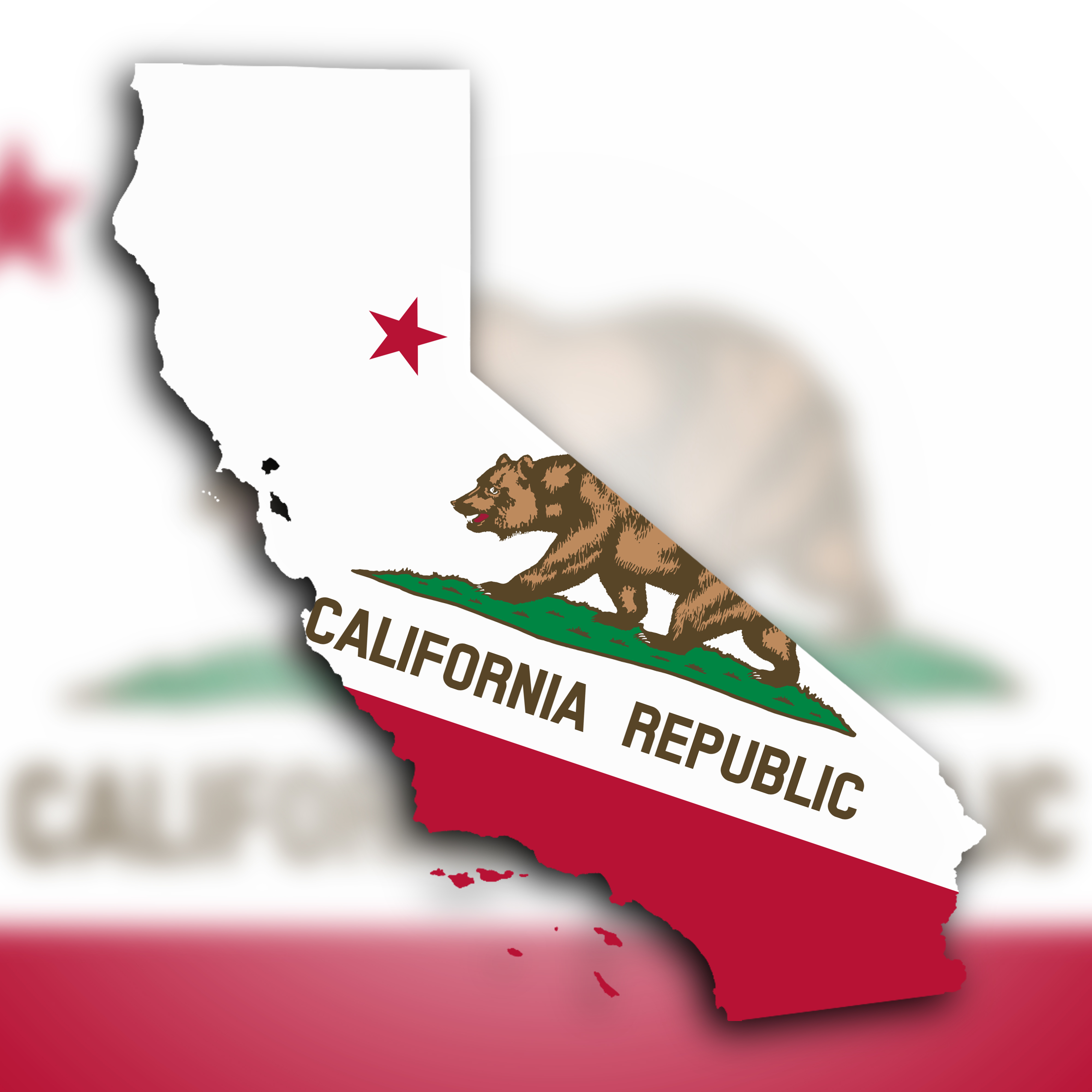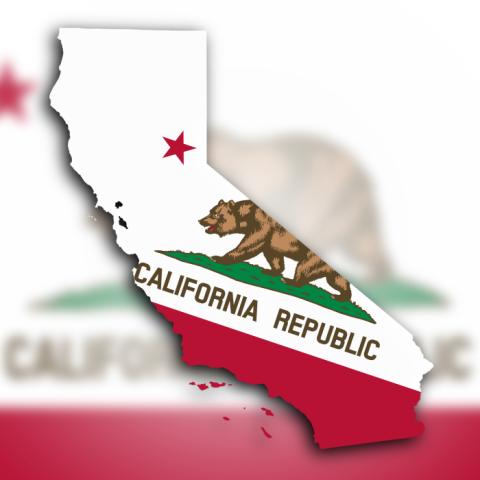- Politics, Institutions, and Public Opinion
- Campaigns & Elections
- Congress
- State & Local
California’s top-two election system is still new and that means analysis of it is seriously lacking in comprehensive data, but that doesn’t mean we can’t start digging into possible trends.
California’s northern neighbor, Washington State, also uses a top-two system and there, the primary election has been a very good predictor of the general election results. Reasons for this include higher turnout primaries – ensuring the primary and general elections have similar electorates – or the fact that voters are just more acclimated to the top-two system. In California, however, as evident by the 2012 election results, primary results are far from a good predictor.
But that doesn’t mean we can’t glean possible trends and projections out of the data. In the next three posts, I attempt to do use the two-party total Republican and Democrat 2012 election results and the 2014 primary results to explore what could happen in November. (Note: those races that featured same party candidates were eliminated.)
___________________________________________________________________
Today, we’ll examine Congress.
|
2012 Primary to 2012 General Election Differences (Congress) |
|||||
|
|
GOP Vote |
Dem Vote |
Total Votes |
GOP Vote % Diff |
Dem Vote % Diff |
|
Overall |
2,249,757 |
3,968,123 |
6,217,880 |
(5.61) |
5.61 |
|
GOP PVI |
1,081,476 |
957,305 |
2,038,781 |
(9.12) |
9.12 |
|
DEM PVI |
1,168,281 |
3,010,818 |
4,179,099 |
(3.34) |
3.34 |
|
Competitive |
623,360 |
827,948 |
1,451,308 |
(7.08) |
7.08 |
|
Uncompetitive |
1,626,397 |
3,140,175 |
4,766,572 |
(4.99) |
4.99 |
Overall, between the 2012 primary and general elections, there was an 11.2 point shift away from the Republicans. But this masks a lot of nuance. For instance, Republicans actually saw a larger net margin shift (18 points toward the Democrats) in districts with a Republican-leaning Partisan Voting Index (PVI), likely the result of Republicans staying home in these largely safe seats. Additionally, Democrats saw a smaller net margin shift in their Democratic-leaning PVI districts.
However, those races deemed competitive (likely, lean or toss-up districts according to the Cook Report), show why Republicans were trounced in 2012. The Republican vote dropped by an additional 1.5 points over the overall statewide shift leading to a 14 point shift toward the Democrats. Some possible reasons include a collapse of the Republicans’ campaigns, a lackluster Romney campaign coupled with an aggressive Obama GOTV, a Senate election that featured a non-existent Republican and healthy Democratic campaign, and the well-funded and well-organized Proposition 30 campaign. Nonetheless, Republicans went from winning (55.2% vs. 44.8%) the competitive districts in the 2012 primary to just barely losing them (48.1% vs. 51.9%).
While conventional wisdom states that mid-terms are better environments for Republicans, the GOP can’t rest on their laurels. In competitive districts, while Republicans still came out on top in the 2014 primary, they actually saw their total vote share drop ever so slightly compared to the 2012 primary (54.5% vs. 55.2%). If the 14 point shift in these competitive districts persists, Republicans are looking at a similarly agonizingly close election (47.4% vs. 52.6%).
Some will argue that a 14 point shift in 2014 is possible (given an underfunded Republican gubernatorial campaign and continued slippage in Republican registration numbers), but with CA 10 and CA 21 looking safe for Republicans, CA 07, CA 26, CA 36, and CA 52 all in, essentially, toss-up territory, and no major Democratic statewide GOTV effort, it remains highly unlikely there will be a shift as large as 2012.
|
|
2012 Primary GOP vs. Dem % |
2012 General GOP vs. Dem % |
2014 Primary GOP vs. Dem % |
|
CA 07 |
56.3% vs. 43.7% |
48.3% vs. 51.7% |
52.2% vs. 47.8% |
|
CA 26 |
54.0% vs. 46.0% |
47.3% vs. 52.3% |
53.4% vs. 46.6% |
|
CA 36 |
58.1% vs. 41.9% |
47.1% vs. 52.9% |
49.7% vs. 50.3% |
|
CA 52 |
51.4% vs. 48.6% |
48.8% vs. 51.2% |
57.7% vs. 42.3% |
The notable aspect about the top 2014 competitive seats featuring Democratic incumbents is that in all cases the total 2012 Republican vote exceeded the total Democratic vote (CA 07, CA 36, and CA 52 all featured Republican incumbents and CA 26 was an open seat). However, in the general election the 2012 Republican vote struggled to reach 49%. In these same districts, the total 2014 Republican primary vote mirrored, closely, the 2012 primary vote. This is problematic for Democrats, as all these districts now feature incumbents and they are performing no better than when they were challengers.
It’s unlikely, then, that Ami Bera (CA 07) will see an 8 point swing in his favor in 2014 or that Julia Brownley, who could barely achieve her 2012 primary showing, will jump 6 points again. And CA 52 incumbent Scott Peters actually underperformed his 2012 primary showing by 6 points, meaning he’d need to do 5 points better than his 2012 3-point shift to reach 50%. The only Democrat in a more solid position than 2012 is CA 36’s Raul Ruiz.
November turnout will be low (and could be as low as 41% to 45%). This could mean the general election electorate will look more similar to the primary electorate than 2012. As such, the shift toward Democrats, overall, will likely remain in the low-to-mid single digits, even for competitive races. This suggests Republicans could net, easily, one or two seats in California.
Follow Carson Bruno on Twitter: @CarsonJFBruno.
Carson Bruno, a Hoover Institution research fellow, studies California's political and policy landscape.

















